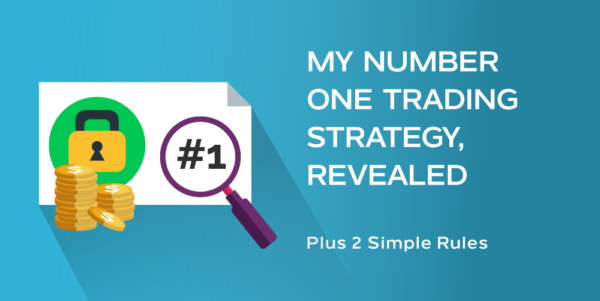
The backspread is one of the more mysterious option strategies you can use to give you your desired exposure. While this strategy may seem confusing at first, once broken down, it’s simply the sale of a call spread with the purchase of an additional long call. Ideally, you’d initiate this for a minimal debit or maybe a small credit so that you won’t take too much of a loss if the stock tanks.
Here’s a quick example:
Trader Joe believes that crude could potentially climb by $10 per barrel or more in the next 60 days from the current price of $40 per barrel.
He also realizes if producers decide to increase supply, prices could fall even further from current levels. Joe doesn’t want to buy outright calls as he doesn’t want his position to suffer the ill-effects of time decay.
Joe decides then a backspread is a good option. With oil at $40, Joe initiates a backspread by selling a $45 call and buying two $50 calls of the same expiration. Joe has essentially sold a $45/50 call spread and purchased an extra $50 call.
Joe can potentially make money in one of three ways:
- The oil market moves beyond the position break even level of $55 per barrel.
- There is a significant increase in implied volatility levels and thus the options garner larger premiums.
- If the position is initiated at a net credit, Joe could keep this credit if all options expire worthless.
Maximum loss potential on the position is reached if crude oil is at $50 per barrel at expiration. In this case, Joe would lose the full, intrinsic value of the short $45/$50 call spread, plus any debit paid to initiate the position. If the backspread was initiated at a net credit, this credit would be subtracted from the intrinsic value of the short call spread.
Profit potential is unlimited and will gain point-per-point with the value of the underlying once above the break-even level.
Generally speaking, it will take a significant move in the underlying to make money.
Ideally what you want to do is move the stock higher and quickly when applying a backspread. Even though it’s a net credit spread, the trade does suffer from time value decay. If you don’t want to wait to see results, just exit if and when a maximum money stop-loss dollar amount is reached.
Want to use backspreads? Good candidates are markets that could potentially see a large directional move and currently exhibit relatively low IV levels.










